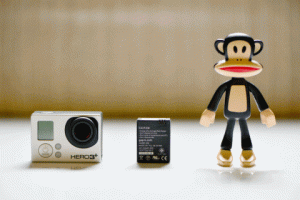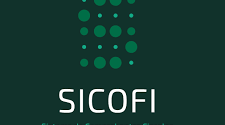GoPro is older than you might think. From its beginnings in 2002, when they sold covers and tapes for cameras from other brands, until 2004 when the first model emerged Hero with 35 mm analog film. It was until 2014, with many Facebook ads included, that the revolutionary Hero 3 took the market by surprise. While it is difficult to say that it defined a photography and video style at all, it definitely made the market for action cams. Their competition ranged from heavy hitters like Sony (which promoted relatively cheap models in Mexico that later invaded pawn shops), to low-quality Chinese clones.

Although the primary market for action cams During the first years of the segment after Hero 3, it was athletes and adrenaline fans, there were two peculiar uses that defined the next step: a) the use of the camera by youtubers to record themselves driving, and b) their symbiosis with drones to achieve heights or spectacular walks, same that previously required cranes or even real helicopters.
The most popular drone brand, from those years until now, has been DJI with his line Mavic, which practically owes its success and adoption beyond specific niches (youtubers, filmmakers, cadastral offices) for the good pair it does with GoPro. And while there was a growing hunger for drones, it turns out that GoPro did such a good job with the Hero3 that its casual audience had very few options to switch models.
The fact was taken up by The Verge, who related the flop of the Hero4 and the terrible 2015 for GoPro, which it tried to revive by means of proprietary editing software.
In 2019, things are not going well and it was until the Hero7 that enough innovations were shown to make it worthwhile for the general public to update, although the taste was short-lived because DJI launched a direct competition within its line. Osmo, known name for vloggers and those who work in live coverage for social networks.
The selfie stick? Osmo are characterized by costing almost the same as a mid-range cell phone and offering unrivaled stability, with the possibility of using an integrated camera or going for a cheaper model that rather makes use of a smartphone camera. That is, the dollies they run your errands for you.
Now, in its version action cam, the Osmo line is making GoPro shake. Just check out this video from The Verge:
If you prefer to see a Latin review, check this one from Hypertextual:
Both reviews agree that it is quite an attractive competition for the GoPro, with some details such as the lag on the screen slightly or the speed at which it adjusts to the light when leaving the water.
The price is 349 dollars, locating at 11,500 pesos in import by Amazon (May 2019) while the GoPro Hero8 Black with national distribution is almost 8 thousand pesos. While the Osmo Action does not have a Mexican distribution, it is difficult to compare prices, although the American version is also at $ 349.
This is how the decision is a matter of taste, although Sony was never this close to achieving a competitor for GoPro.
To add insult to injury, just remember that GoPro tried to eat the drone market with the line Karma, but they failed so hard that they have taken away their efforts in that category that DJI continues to dominate.














No Comment